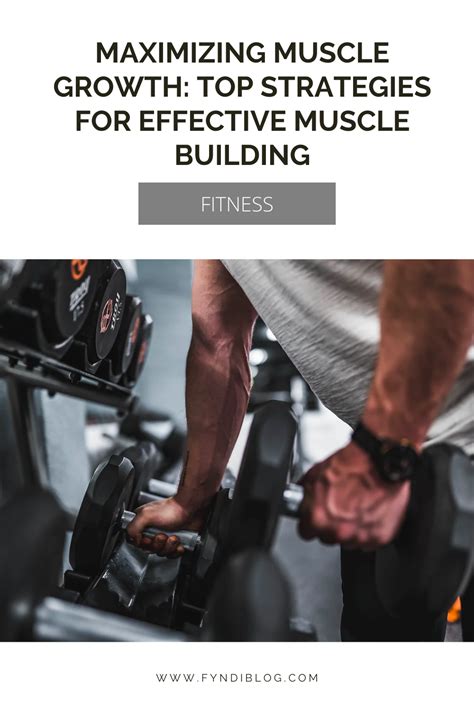Optimize workout intensity for peak muscle growth & functional strength?

Understanding Workout Intensity: More Than Just Heavy Weights
When it comes to building a powerful physique and enhancing your body’s capabilities, “intensity” is a word thrown around frequently. But what does it truly mean to optimize workout intensity for peak muscle growth and functional strength? It’s far more nuanced than simply lifting the heaviest weight possible. Intensity encompasses various factors, including load, effort, tempo, and the proximity to muscular failure, all of which play critical roles in stimulating adaptation.
True optimization lies in strategically manipulating these variables to elicit the desired physiological response, whether that’s tearing down muscle fibers for hypertrophy or strengthening neuromuscular pathways for robust functional movement. Understanding this distinction is the first step toward building a smarter, more effective training program.
Intensity for Hypertrophy: Building Peak Muscle Mass
For those focused on maximizing muscle size, intensity is primarily driven by progressive overload—consistently challenging your muscles with greater stress over time. This stress can manifest as heavier weights, more repetitions, increased sets, reduced rest times, or an improved range of motion.
The sweet spot for hypertrophy often involves working in rep ranges that lead to significant fatigue and muscle failure (or very close to it), typically 6-12 repetitions, using a challenging weight that maintains good form. The concept of “effective reps” – those last few grueling repetitions that truly stimulate muscle protein synthesis – is paramount. Tools like RPE (Rate of Perceived Exertion) or RIR (Reps In Reserve) become invaluable here, allowing you to gauge your effort objectively and ensure you’re pushing hard enough without overtraining.

Intensity for Functional Strength: Real-World Power
Functional strength isn’t just about how much you can lift; it’s about how well your body can perform daily tasks, sports-specific movements, and complex actions efficiently and safely. Optimizing intensity for functional strength often involves a broader spectrum of training methods.
This includes heavy compound lifts (squats, deadlifts, presses) performed with lower reps (1-5) to develop maximal strength, but also incorporating explosive movements (plyometrics, Olympic lifts) for power, and even bodyweight exercises or unilateral work to improve stability and coordination. The intensity here is less about grinding out reps to failure and more about generating maximum force with precision and control. Periodization, where training cycles focus on different strength qualities, becomes crucial to developing a well-rounded, functionally strong physique.

Applying Intensity: RPE, RIR, and Progressive Overload
To effectively manage and optimize your workout intensity, practical tools are essential. The Rate of Perceived Exertion (RPE) scale, typically 1-10 (10 being maximal effort), helps you subjectively rate the difficulty of a set. Closely related is Reps In Reserve (RIR), which estimates how many more reps you could have performed before failure. For hypertrophy, aiming for an RPE of 7-9 or 1-3 RIR is generally effective, while maximal strength training might push closer to RPE 9-10 or 0-1 RIR.
Regardless of your goal, the principle of progressive overload is non-negotiable. This means consistently challenging your body to adapt. This could be adding weight, increasing reps, doing more sets, decreasing rest time, or improving your lifting technique over time. Keep a training log to track your progress and ensure you are continually making strides.

The Critical Role of Recovery and Periodization
Pushing intensity without adequate recovery is a recipe for overtraining, injury, and stalled progress. Optimal recovery involves sufficient sleep (7-9 hours), proper nutrition (adequate protein, carbs, and healthy fats), and strategic rest days. Incorporating deload weeks every 4-8 weeks, where intensity and/or volume are significantly reduced, allows your body to fully recover, repair, and supercompensate, preventing burnout and facilitating long-term gains.
Periodization, the systematic planning of training, helps manage intensity and volume over longer cycles. It involves varying training stimuli to optimize performance peaks, reduce overtraining risk, and continuously drive adaptation. This might mean dedicating specific mesocycles (e.g., 4-6 weeks) to hypertrophy, followed by strength, and then power, each with its own intensity demands.

Conclusion: A Strategic Approach to Optimal Gains
Optimizing workout intensity for peak muscle growth and functional strength is not a one-size-fits-all endeavor; it’s a dynamic process that requires understanding your goals, listening to your body, and applying proven training principles. By strategically manipulating load, effort, tempo, and volume, while meticulously tracking progress and prioritizing recovery, you can unlock your full potential. Embrace a thoughtful, progressive approach, and watch as your physique transforms and your functional capabilities soar.









